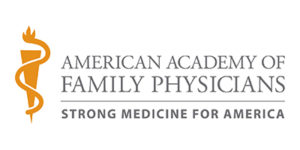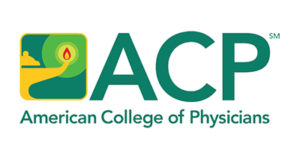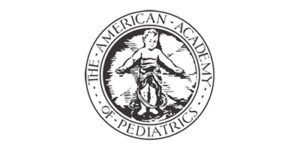

In collaboration with:
Aquifer Medical Home teaches complex topics that are critical to the effective delivery of care within the medical home model.
Overview
The American Academy of Pediatrics defines medical home as “primary care that is accessible, continuous, comprehensive, family-centered, coordinated, compassionate, and culturally effective.” Aquifer Medical Home encompasses in-depth teaching on interpersonal skills and communication, systems-based practice, professionalism, and the management of chronic illness.
- Created for educators, by educators, to encompass the nationally accepted medical home curricula
- Available free through June 30, 2023
- In-depth focus on interpersonal skills, communication, systems-based practice, professionalism, and the management of chronic illness
- A combination of cases, readings, and tools help students become familiar with these key concepts and translate their acquired skills to clinical practice
- Proven pedagogy that standardizes experiences—overcoming geography, seasonality, and accessibility
- Evidence-based, peer-reviewed, and continuously updated content
- A wealth of source material, embedded assessment questions, and full references in each case
- Delivered via the Aqueduct teaching and learning platform, which includes user management tools, easy reporting on student progress and course usage, plus tools for creating custom courses to match a specific curriculum
The cases in the Medical Home course provide opportunities for students to focus on issues of interpersonal skills, communication, systems-based practice, and professionalism in the context of providing care for children with complex medical problems. Students will learn how to apply the information to patient and family interactions, and to practice using the tools when caring for a patient.
While Aquifer Medical Home is designed to be effective for independent study, students may benefit from a combination of approaches to instruction. Educators are linking the course to other learning opportunities within the clinical curriculum, such as using cases as a common clinical encounter for discussion or creating assignments around the Questions for Further Reflection at the end of each case. While the cases focus on pediatric examples, the learning is extensible to other patient populations.
Medical Home 01: 16-year-old-female with status asthmaticus
Medical Home 02: 11-year-old-female with meningomyelocele
Medical Home 03: 2-year-old male with language delay
Medical Home 04: Newborn male with multiple congenital anomalies
Medical Home Lead
At the center of the medical home is the family-centered partnership between the provider, the patient, and the patient’s family or primary caregivers. Achieving this partnership requires thinking beyond the patient’s medical problems.




